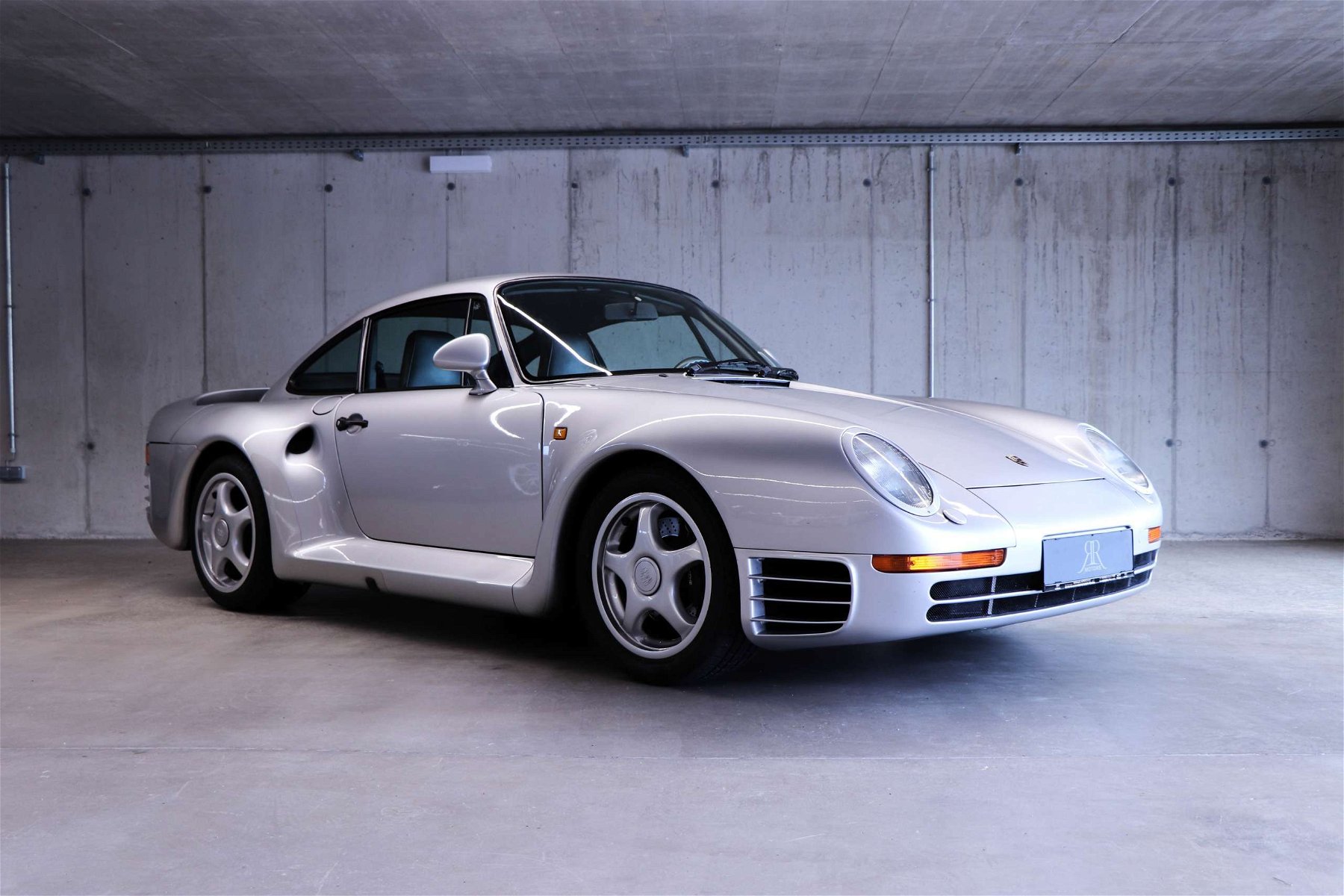
Porsche 959 – High-flyer is indeed a fitting name for this icon from Porsche. A Kevlar rear spoiler seems to grow organically out of the fenders and guarantees the necessary ground-hugging at high speeds. That’s a good thing, because most of the high-flyers would have left the road at more than 300km/h. King Juan Carlos had one, Falco had one and the famous star conductor Herbert von Karajan even had two. The first, the Maestro soon wrote off at a very fast pace in a cornfield near Anif in Austria; the second, a red one, was delivered directly to the Karajan House at St. Moritz.
With this super sports car derived from the 911, Porsche presented a street racer in 1985 like the world had never seen before. In the mid-eighties newcomers were not necessarily the classic target group for the 420,000 Deutschmark and therefore astronomically expensive super car. In comparison, the most expensive Mercedes back then, an S-Class, cost about a quarter of that price. The price did not deter the elite. The Porsche 959 was sold out within a few weeks. . Anybody who considered himself somebody at this time and wanted to show it had to have a 959, by hook or by crook. Shortly after the model’s entry into the market, individual cars sold for up to 700,000 Deutschmarks.
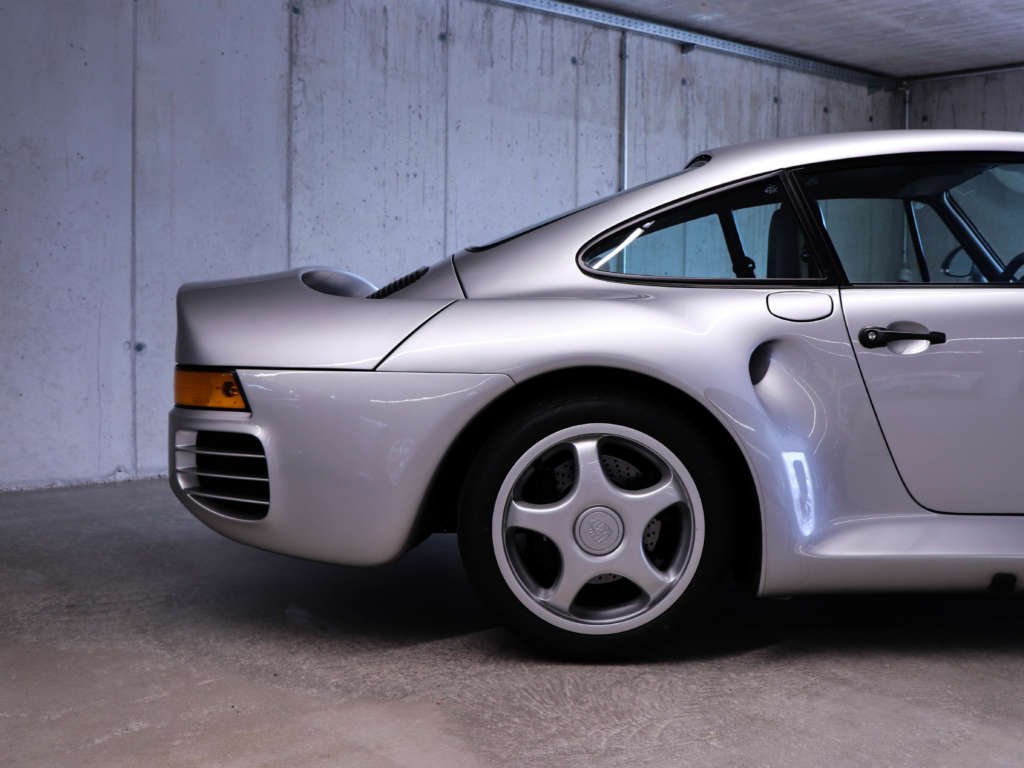
Originally, the 959 would have focused on rallying and driving their rivals into the ground. In keeping with the new “Group B regulations”, Porsche therefore developed the 959 based on the successful 911 SC. According to the rules, however, at least 200 vehicles had to be produced, which Porsche wanted to achieve by means of a street version for solvent regular customers. In fact, the folks at the Zuffenhausen plant already impressed people with the 1983 IAA prototype and received euphoric applause. This led to a production increase of almost 50 percent. A trial with prototype 959s at the Dakar 1985 ended prematurely due to rough handling among boulders. A year later, the final version of the 959 won the overall victory in the toughest rally in the world.
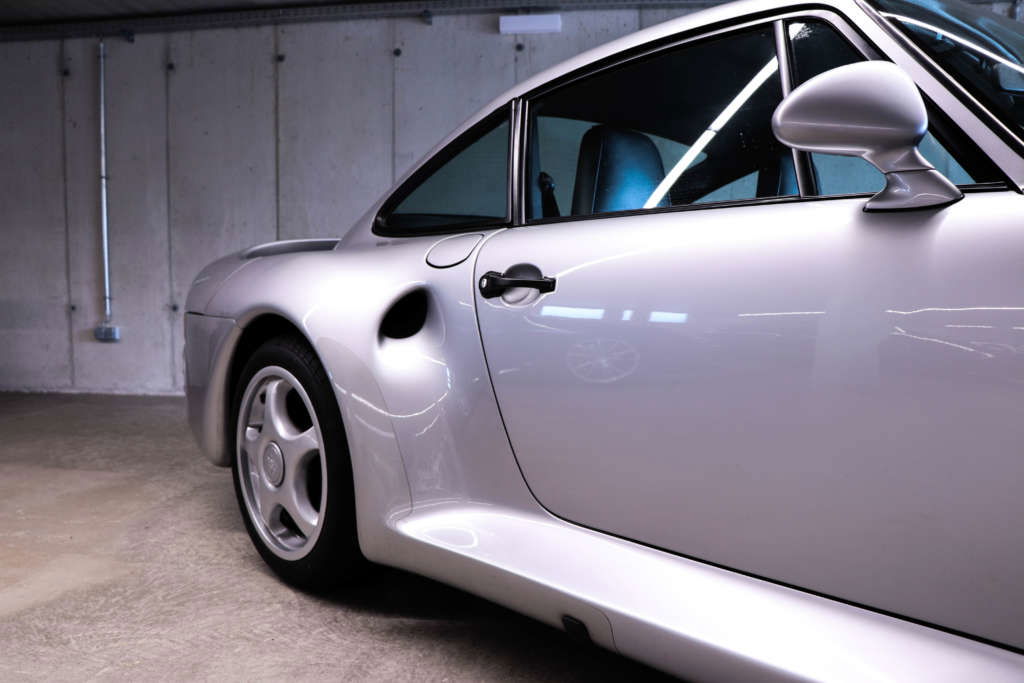
“On the outside only the tail lights of the 911 were retained, the rest is all new!”, wrote technical writer Jürgen Lewandowski at the time. And the then head of development Helmuth Bott said in 1983: “In the rally sector it has become apparent that one can only compete with all-wheel drive vehicles.” Thus very early the requirements for four-wheel drive resulted in the development of such a concept using a rear engine rather than a front engine.” Thus, it was clear, the 959 could only be based on the 911 which was the ideal base for these very ambitious plans. Never before were so many overtime hours worked in Weissach as at the time of the creation of the 959.
On the outside only the tail lights of the 911 were retained, the rest is all new!
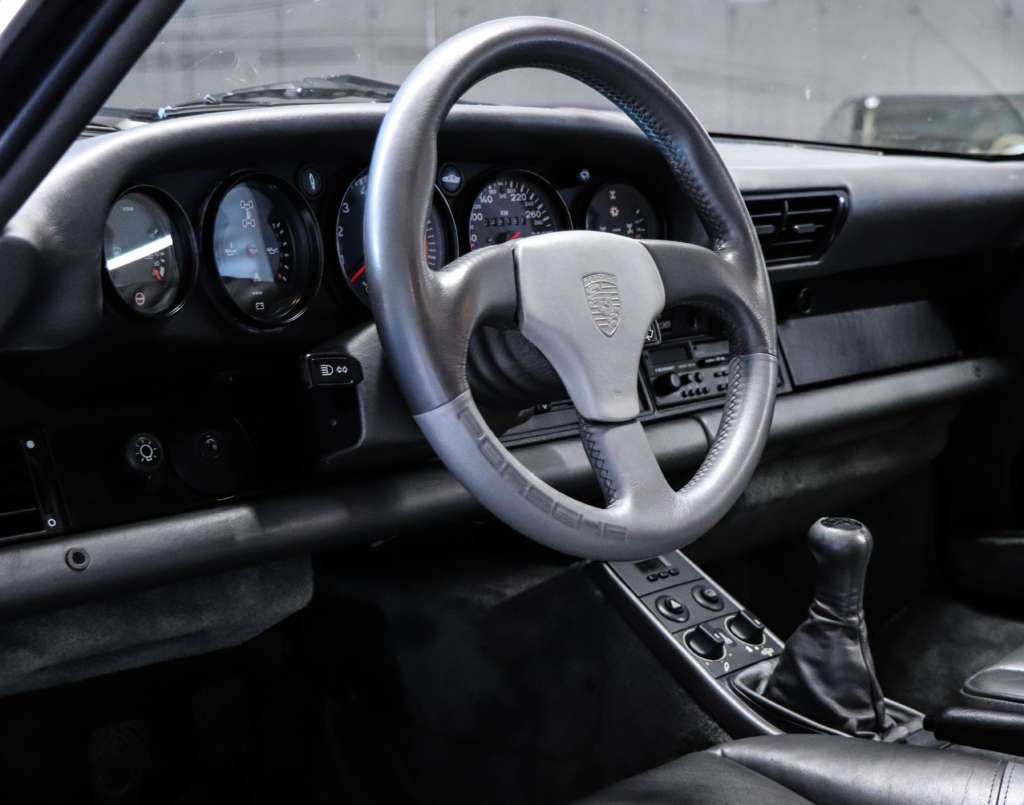
In the fall of 1983, the public learned that the Group-B Porsche would feature: variable, electronically controlled four-wheel drive, six-cylinder Boxer engine with air-cooled cylinders, water-cooled cylinder heads with four-valve technology and charging by two turbochargers in register, six-speed transmission, double wishbone front and rear suspension with variable height adjustment, four shock absorbers per wheel and DUNLOP DENLOC safety tires on 17-inch wheels.

The design of the Porsche 959 is still controversial today. Not everybody finds the 959 “beautiful”. Its shape should be homogeneous and not semi-strong. The design of the front, back and underside of the car was created as a dialog between the wind tunnel and material testing. Requirement: aerodynamically optimal, aesthetically balanced and consistently weight-saving. The result was a mixture of steel, aluminum and plastic.
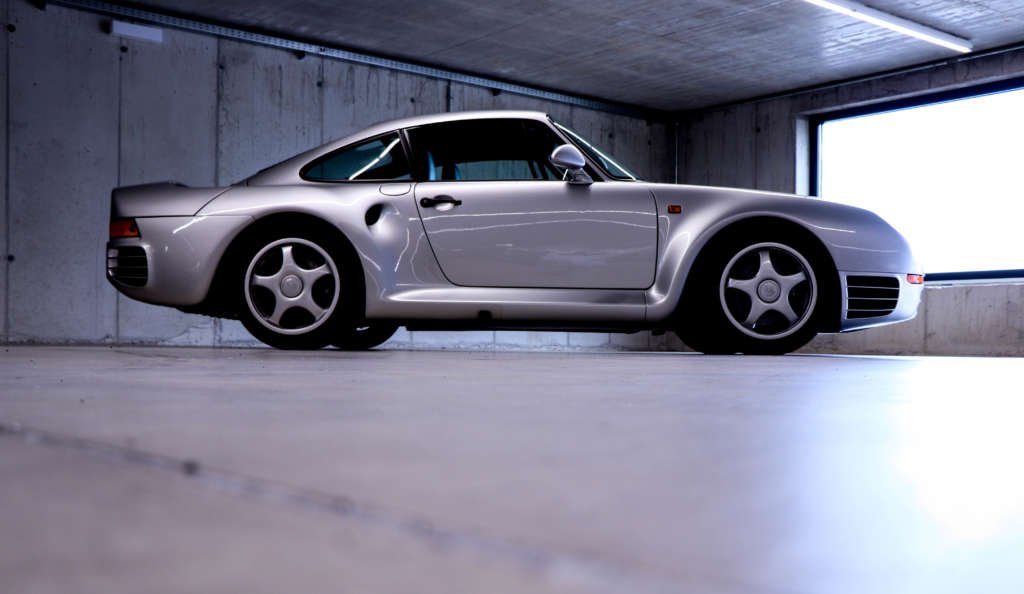
The sophisticated aerodynamics of the 959 could only come into its own if the ground clearance was tuned to the flow conditions and consistently complied with. A top speed of over 300 km/h needs the lowest possible ground clearance, but how is that compatible with everyday usability? What does that look like with road bumps in city centers or the dreaded maneuvering in the parking garage? An electronically controlled hydraulic system relieved the driver of these concerns. It lowered the 959 at high speeds by itself, and it could be pumped up by the driver again at low speeds. In addition, Porsche together with Bilstein had developed a variable shock-absorber adjustment.

If you blend all these exciting stories, rumors and exaggerations together, the Porsche 959 remains a technical masterpiece and a highlight of automotive history.
For technology-savvy people at the time, the 959 was the benchmark for all things. Unfortunately, however, exaggerated by the media, the 959 soon got the wrong image. It was considered a car for the high-society and was misunderstood as a symbol of pride. The outstanding technical characteristics and the performance of the 959 unfortunately were never emphasized and therefore did not impress the general public. What remains are many anecdotes and stories. It is said that a young Swede actually wanted to swap his girlfriend for the 959 prototype. Or an American who ordered 4 cars and added a floor layout of his large garage to the order. But he only got one car, like everyone else.
The 959 is an icon, an absolute superstar. And as is the case with superstars, not everybody acknowledges their success, and they are not loved by all. If you blend all these exciting stories, rumors and exaggerations together, the Porsche 959 remains a technical masterpiece and a highlight of automotive history.
Copyright Pictures: Markus Klimesch
Sources: Own research and “Das neue große Porsche 911-Buch”, Alexander Knoll, published by HEEL Publishers.
Elferspot magazine